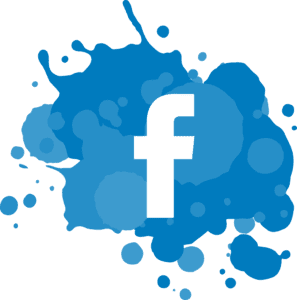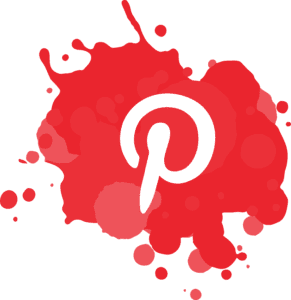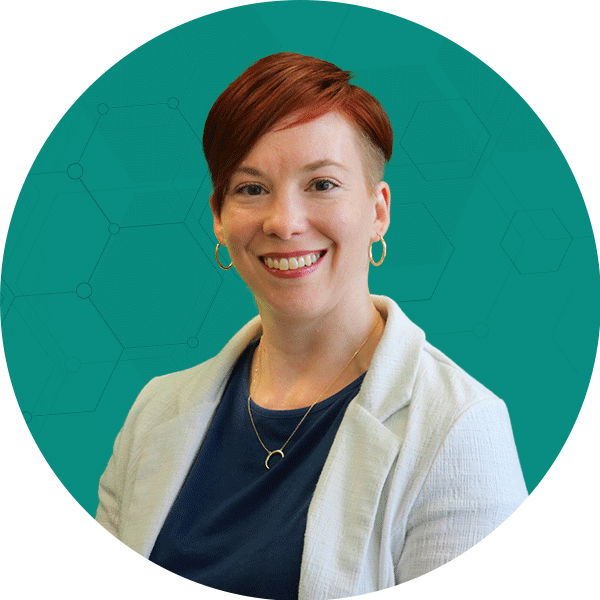Facebook Surfaces New, Significant Updates for Post-iOS 14.5

Apple’s iOS 14.5 update will significantly limit user tracking from their devices, which will impact all Facebook advertisers.
For users who opt out of tracking via Apple’s prompt, advertisers will only track the highest-priority event completed. This data will operate under a one-day click attribution model and will be aggregated, delayed, and modeled.
One-day click opt-out data will only be included in Ads Manager reporting totals if your campaign or ad set is optimized for one-day clicks. Opt-out data will not be included in seven-day click reporting.
This means that advertisers will be forced to trade off between optimizing for one-day or seven-day clicks.
With one-day click optimization, advertisers will receive opt-in data but not data for opt-out or non-iOS customers beyond one-day post-click. With seven-day click optimization, advertisers will receive all available data for opt-in/non-iOS customers but no data for opt-out customers.
Advertisers are being called to quickly gauge historically how many purchases are generated within one day of clicking and how many are generated within seven days. This will provide insight as they consider which choice to make.
Another significant update is that in order for advertisers to receive ROAS data for opt-out customers, at least four of the eight conversion events will have to be configured as value optimization for the Purchase event within Aggregated Events Manager. ROAS will otherwise only be inclusive of opt-in/non-iOS customer data.
Again, this forces advertisers to trade off between tracking revenue vs. non-transactional events, like custom lead conversions or offline events.
These substantial updates require immediate attention from all Facebook advertisers prior to the launch of Apple’s iOS 14.5 release.
Learn more:
- Actions to take for ads ecosystem changes (Facebook blog)
- Apple iOS 14.5 Update: Impact on Digital Marketing & Ecommerce Brands (ROI Revolution)
Facebook Offers New Tools for Boosting Lead Quality Over Quantity
Facebook recently released two new valuable lead generation campaign tools for advertisers to optimize for lead quality over quantity.
The first is a new Calls optimization goal, which will improve the signals that the algorithm uses to generate call volume. These optimizations are projected to generate substantially lower cost per quality call. This setup also unlocks corresponding call confirmation click metrics to allow for more curated reporting.
The second tool is a Conversion Leads optimization, which signals the algorithm to aim for quality of leads instead of volume of leads. This tool is still in its nascence and is only available to advertisers who generate more than 500 leads per month.
Facebook also encourages businesses to pair this with a Conversions API (CAPI) integration with their CRM to be as effective as possible.
Another consideration is that the ranking model powering the new optimization goal will need at least 30 days to train and provide the optimal results. Facebook recommends advertisers prioritize the CRM integration with CAPI first.[/vc_column_text][/vc_column_inner][/vc_row_inner][vc_row_inner][vc_column_inner][static-block exodus_static_block_id=”20068″][/vc_column_inner][/vc_row_inner][vc_row_inner][vc_column_inner][vc_column_text el_class=”roi-blog-content”]
YouTube Leading Social Media Growth
According to a recent study conducted by The Pew Research Center, YouTube is leading the pack in terms of growth for social media platforms.
81% of U.S. adults are projected to use YouTube in 2021, up from 73% in 2019.
While YouTube holds the highest userbase at 81% of U.S. adults, Facebook comes in a strong second with 69% even though its growth has leveled off over the course of the past five years. The study determined that Instagram, Pinterest, Snapchat, LinkedIn, Twitter, and WhatsApp have all remained statistically unchanged since 2019.
While growth for these names has been limited, Instagram, Snapchat, and TikTok have a particularly strong following in 18-29-year-olds, adding to their popularity and solidifying their positions in the social space. The study also noted that Reddit was the only social media app other than YouTube to grow amidst the pandemic, with its usage projected to grow to 18% in 2021 from 11% in 2019.
Users between the ages of 18-25 are YouTube’s strongest demographic, with 95% saying they use the platform.
91% of adults aged 30-49 and 83% of those aged 50-64 also use YouTube. There is a significant drop in those over 65, with only 49% reported users. Even though YouTube has the largest userbase, only 54% of users claim to visit the platform daily, compared to the Facebook app, which 70% of users frequent daily.
Learn more: Social media use in 2021 (Pew Research Center)
Pinterest Launches “Be Their Next,” Speaking Directly to Advertisers

As Pinterest grows to more than 450 million monthly users and expands self-serve advertising options, they’ve launched a promotional campaign speaking directly to brands.
Pinterest’s Be Their Next campaign presents the platform and its users (Pinners) as curious, positive, and growth-oriented, an ideal mix for emerging brands considering their targeting strategy. The new promotional campaign targets five different verticals, including beauty and car manufacturers.
Pinterest continues to position the platform as ideal for discovery and is likely focused on competing with Instagram for similar users.
According to Pinterest, 97% of searches on Pinterest are unbranded, but 8 in 10 Pinners say they’ve made a purchase based on a brand they found on the platform.
As advertisers shuffle their marketing mix and consider where to find new customers, Pinterest’s rapid growth and focus on improving self-serve advertising options are worthy of a second look.
Learn more:
- The reason Pinners love Pinterest is the reason advertisers will, too (Pinterest Business Blog)
- Pinterest launches new ad campaign, updated ad account management tools (Social Media Today)
LinkedIn Expands Focus on Content Creation and Community
LinkedIn is increasing its focus on its user community, expanding beyond its original conception as a digital resume platform to aid job searching.
With content sharing on the platform up 50% year-over-year, LinkedIn is expanding its focus on content and content creators, including hiring a Head of Community and implementing platform updates. One update, Creator Mode, enables content creators to grow an audience and amplify their message on the platform using tools like relevant hashtags and live broadcasts.
With these changes, combined with the availability of first-party data for effective targeting, LinkedIn offers new options for both B2B and B2C advertisers.
The primary benefit of LinkedIn over other platforms is the reported high level of user trust and engagement. LinkedIn cites its positioning as a “members-first” platform as a key reason trust has been sustained.
This plays out in ways large and small, from frequency caps on videos to limiting how often Sponsored Message Ads appear in user inboxes.
Learn more below:
- LinkedIn shares new usage insights for your 2021 planning (Social Media Today)
- LinkedIn adds new profile features, including video cover stories and ‘creator mode’ (Social Media Today)
- It’s time to look again at LinkedIn as a B2C platform (The Drum)
[/vc_column_text][/vc_column_inner][/vc_row_inner][/vc_column][/vc_row]





